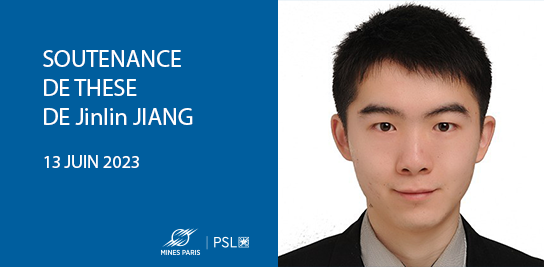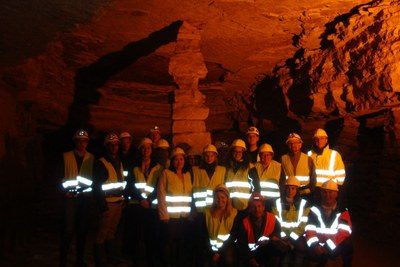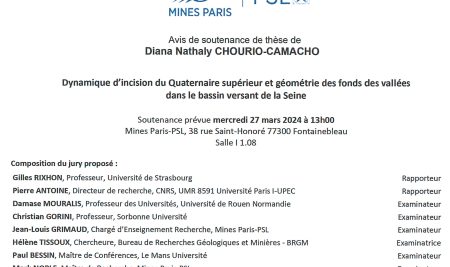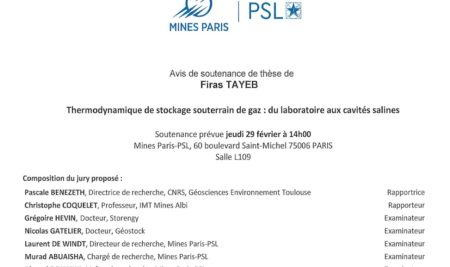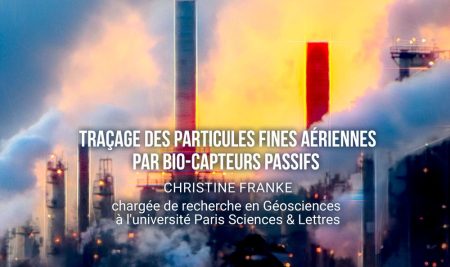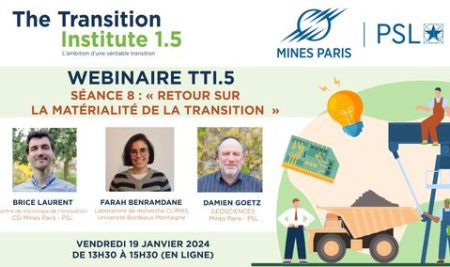Soutenance de thèse de Jinlin JIANG
Résumé de la thèse en français
Fluid injections related to the exploitation of geothermal reservoirs often lead to the reactivation of faults, in the form of a slow or seismic slide, triggering in turn so-called induced earthquakes. This thesis is devoted to a numerical study of seismic slip triggered by fluid injection. A FEM model is developed to simulate injection experiments carried out in a triaxial press. The simulations presented in this work make it possible to quantify the effect of the injection scenario, the diffusivity of the fault, the frictional properties and the initial stress state on the expansion dynamics of seismic slip, providing a new look at the laws of scale characterizing the fracture velocity and the maximum moment released. The approach presented provides avenues for reflection to improve the assessment of the hazard related to geothermal exploitation. The numerical model developed is also validated on an experimental dataset, which opens up important perspectives for deepening the mechanical interpretation of injection experiments conducted in the laboratory.
Résumé de la thèse en anglais
Fluid injections performed in the framework of geothermal exploitation can reactivate slip on preexisting crustal faults, leading to aseismic slip transients in turn triggering so-called triggered earthquakes. This PhD thesis is a numerical study dedicated to the physical control on the fluid-induced aseismic slip. A hydromechanical FEM is developed to simulate injection experiments performed in a tri-axial cell in the laboratory. The simulations presented allow to quantify the effect of the injection scenario, the hydraulic diffusivity, the fault friction and pre-stress on the dynamics of induced aseismic slip, providing new insights into the scaling laws commonly used to characterize this phenomenon, in particular the rupture speed and the maximum moment released. The approach presented here is thus of importance in the perspective of improving hazard mitigation in the context of geothermal exploitation. The model predictions are also validated on a real experimental dataset, which opens a new avenue to improve the mechanical interpretation of injection experiments in the laboratory.
 En savoir plus
En savoir plus

